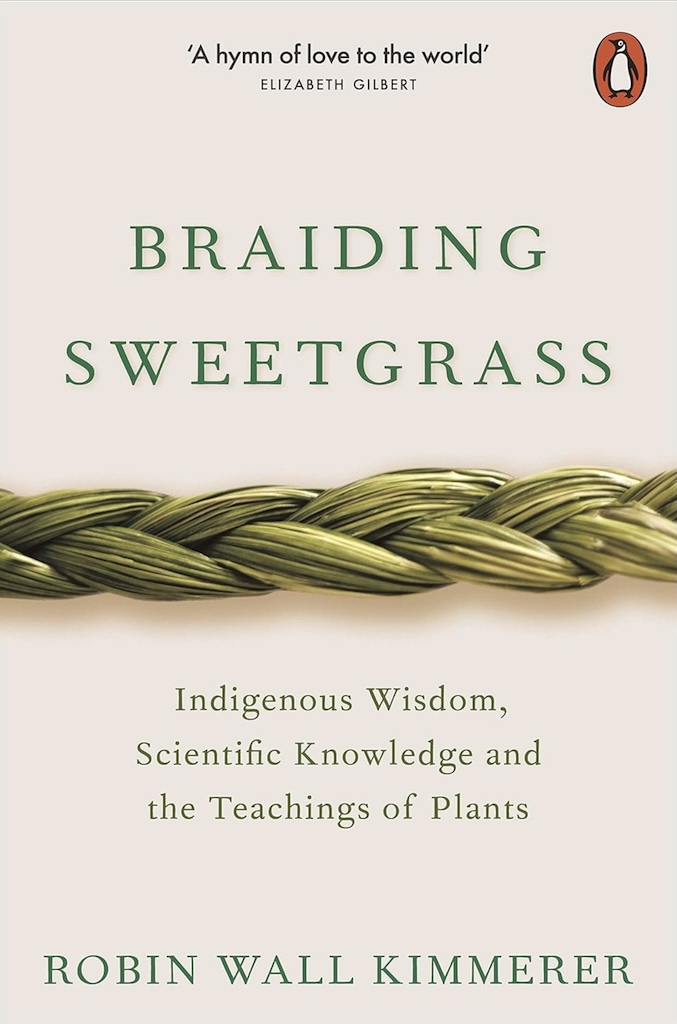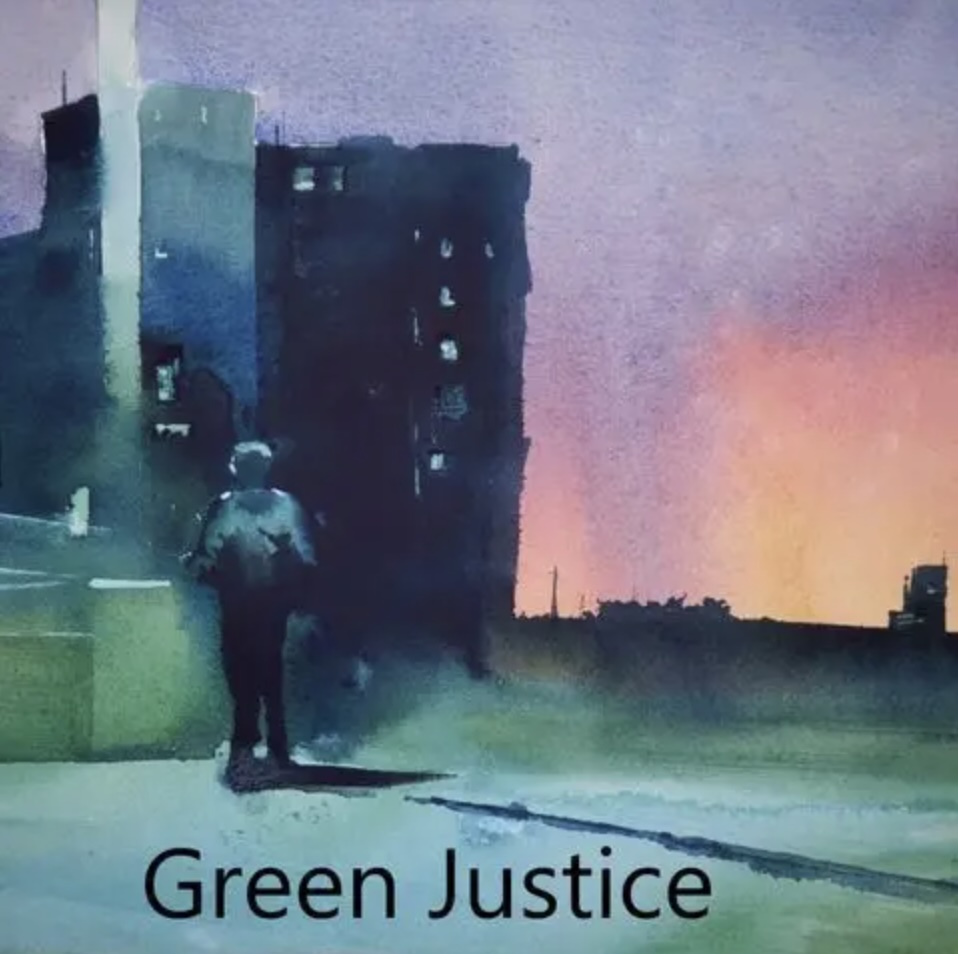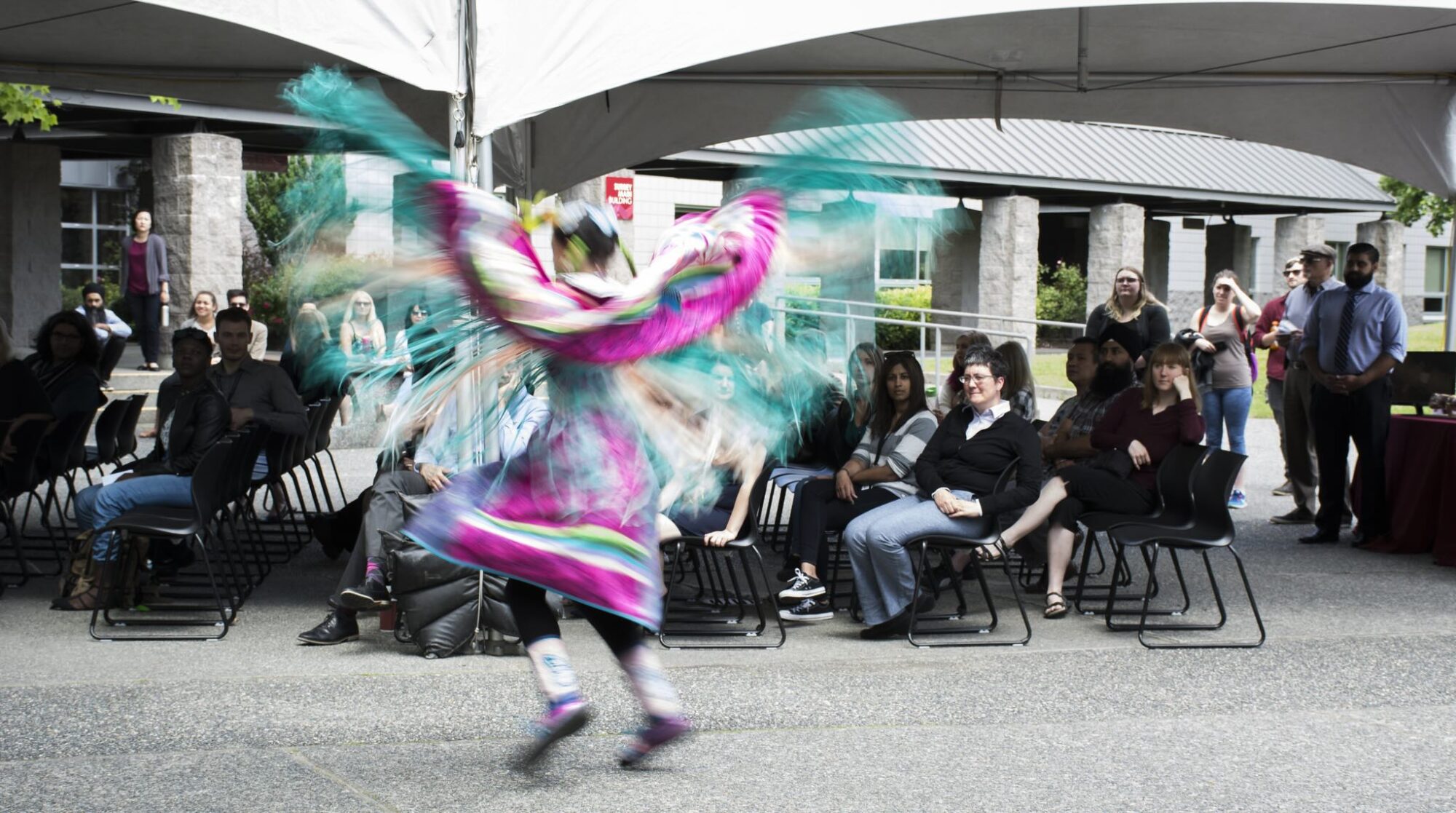Headwaters
Getting started on your decolonization journey
I ground the work in relationships and relationship-building as a core foundation of the work I do as an educator.
Carolyn Roberts
SECTION 1 – HEADWATERS
This introductory section of Decolonizing Educational Practices includes information on territorial acknowledgements, the χʷəχʷéy̓əm Indigenous Collection, cultural safety, Braiding Sweetgrass, First Peoples Principles of Learning, The Gathering Place, Elder Lekeyten, and three first steps to take in your decolonization journey.
Territorial Acknowledgements
Territorial acknowledgements are an act of reconciliation that recognize Indigenous lands. Acknowledging the territories where your class or event is taking place is a way to respect First Nations, Inuit, and/or Métis and their deep connections to these lands. Acknowledgements should also address the ongoing colonialism and oppression towards Indigenous Peoples in Canada.
Territorial acknowledgement is crucial, but it can lose its significance if it becomes routine. It is essential to connect both your heart and mind to this practice to ensure it remains meaningful. Indigenous Student Services frequently encounters inquiries on territorial acknowledgements. Below they offer reflective questions to encourage deeper thought. Reflecting on these questions can help ensure that the acknowledgment is not just a formality and tokenistic, but a step towards building respectful relationships and fostering understanding.
Clarify Purpose
Why are we making this acknowledgement of the local First Nation communities?
What do we hope to achieve through this acknowledgement?
Understand the Land
What is the history of the land we are acknowledging in the Greater Vancouver area?
Who are the First Nations peoples traditionally associated with this territory?
Respect & Responsibility
How can we ensure that our acknowledgment is respectful and meaningful to local First Nations communities?
What responsibilities do we have towards the First Nations communities and the land?
Personal Connection
What does this land mean to me personally?
How do I relate to the First Nation communities connected to this land?
Action Beyond Words
What actions can we take to support First Nations rights and local communities beyond this acknowledgment?
How can we integrate First Nations, Métis, and Inuit perspectives into our work or organization?
Ongoing Learning
How can we continue to educate ourselves about First Nations, Métis, and Inuit histories and cultures?
What resources or partnerships can we seek to deepen our understanding?
Community Engagement
How can we involve First Nations, Métis and Inuit voices in our acknowledgment process?
Are there local First Nations, Métis, and Inuit leaders or communities we can consult for guidance?
Transformative Territory Acknowledgement Guide
This guide, created by Len Pierre Consulting, outlines what territorial acknowledgements are, provides some specific guidelines, details how to shift from a standard to a personal to a transformative acknowledgement (a helpful table is included), discusses opening prayer and intention setting, and provides an example of a transformative territory acknowledgement.

Territorial Acknowledgement LibGuide

This LibGuide outlines the intent of territorial acknowledgements, their components, creating informed acknowledgements and doing your research, and other recommendations for doing territorial acknowledgements at KPU.
Access the LibGuide here: https://libguides.kpu.ca/indigenous/territorialacknowledgements
χʷəχʷéy̓əm Indigenous Collection (located in KPU libraries)

Fern Gabriel of Kwantlen First Nation gifted the name χʷəχʷéy̓əm which means oral storytelling. This collection features Indigenous authors and artists. There is also a video recording of the development and intentions of the χʷəχʷéy̓əm Collection, and sound recordings of hən̓q̓əmin̓əm̓ words commonly used on campus such as building and tree names.
Cultural Safety Education as the Blueprint for Reconciliation
Len Pierre is Coast Salish from the Katzie First Nation, and the owner and CEO of Len Pierre Consulting. In this TEDx Talk he outlines cultural safety education and the power imbalances in Canadian society. Len also suggests ways that Indigenous and non-Indigenous people can work together toward reconciliation.
Braiding Sweetgrass by Robin Wall Kimmerer

This book has become a cultural phenomenon. Kimmerer is a botanist, mother, professor and enrolled member of the Citizen Potawatomi Nation. Her book offers a vision for living in reciprocity with the natural world. Indigenous knowledge can complement Western ways of knowing, including science. There are numerous topics explored in the chapters of this book relevant for university learning, including finding meaning in education, the wisdom of plants, land-based pedagogy, ecology and ecological restoration, how Indigenous and Western science can work together, the power of language, and gratitude and the Honourable Harvest. As Kimmerer writes in the chapter ‘Sitting in a Circle’: “Isn’t this the purpose of education, to learn the nature of your own gifts and how to use them for good in the world?”
Click here for the full text of this book (available at KPU library for the KPU community).
First Peoples Principles of Learning
Inspired by Indigenous Elders, knowledge keepers, and scholars, this poster provides a list of First Peoples learning principles. This includes learning that is holistic, relational, explores one’s identify, and supports the community and the land. See the poster for complete details. This can be used as a guide for educators wanting to Indigenize curriculum and/or bring Indigenous ways of understanding into their teaching practice.
Learn more here: https://www.fnesc.ca/first-peoples-principles-of-learning

First Nations and Higher Education: The Four R’s

This article, by Verna J. Kirkness & Ray Barnhardt and recommended by Melinda Bige, examines the obstacles facing First Nations learners’ participation in Higher Education. Institutional discrimination and problematic policies continue to deter First Nations students resulting in low retention. Supports such as tutoring, counselling, and writing workshops may help, yet do not address the larger issue of university not being designed for Indigenous learners to prosper. The authors outline the importance of traditional cultural knowledge being represented authentically at university, learning that occurs from sources other than books (e.g., oral, land-based, reciprocal), and decolonized approaches to teaching and learning. Twelve recommendations from Chickasaw Eber Hampton are provided: spirituality, service, diversity, culture, tradition, respect, history, relentlessness, vitality, conflict, place and transformation. A call for reconstruction and transformation of university culture is put forth based on respect, relevance, reciprocity and responsibility. Many points align with the xéʔelɬ Pathway to Systemic Transformation.
The Gathering Place

The Gathering Place opened in 2009 and is located at the east end of the Maple building at KPU Surrey. This space is inclusive of Indigenous and non-Indigenous students where they can study, connect, and attend events in a setting that respects and honours the contributions of qw̓ ɑ:nƛ̓ ə̓ n̓ (Kwantlen), xʷməθkʷəy̓əm (Musqueam), qi̓ cə̓ y̓ (Katzie), SEMYOME (Semiahmoo), scə̓ waθən (Tsawwassen), qiqéyt (Qayqayt), and kwikwəƛə̓ m (Kwikwetlem) First Nations. The Gathering Place can be booked for events by KPU students or employees. There is also a projector for screenings or group project presentations. The office of the Elder-in-Residence can also be found here.
Lekeyten (Elder in Residence) and Cheryl Gabriel
Booking a class visit
Elder Lekeyten and his wife Cheryl Gabriel can be invited to join your class or other event. They can conduct talking circles, impart traditional knowledge, and be part of celebrations or other gatherings. There is a specific protocol to follow, which includes how to refer to the Elder, leaving ample time for his/their involvement, providing compensation during the event, and having the Elder eat first (in cases when food is prepared).
Full details are on the Elder in Residence website.
Our language is the voice of the land. We honour the land with the words of the language that we use. We acknowledge the beautiful land with the words of our people.
john elliott
Elder Richard Pierre Green Justice podcast – Nature as Co-teacher

Richard Pierre, Sdemokeltel, is Katzie First Nation on his father’s side, and Tsawout First Nation on his mother’s side, is an Elder and cultural advisor with Len Pierre Consultation. He was also KPU’s Knowledge Keeper in Residence in 2024. In this podcast, he shares his personal journey in the educational system, the importance of Indigenous ecological knowledge, the gifts of the Creator, and making reconciliation a reality in this place now known as Canada.
Green Justice is a KPU podcast series created by green criminologists Greg Simmons, Paula Hirschmann, and Mark Vardy that focuses on climate justice, education, and environmental issues.
Three First Steps

Are you at the beginning of your decolonization journey? Start here.
- Give meaningful territorial acknowledgements.
- Bring Indigenous stories/authors/scholarship into your teaching/work.
- Incorporate Indigenous ways of teaching and learning into your practice.
For those less familiar with wholistic, relational, learner-centered education, below are some places to begin.
Experiential and reflective.
Facilitate hands-on learning experiences for students and give them space and time to reflect on their learning and what it means to them. Design courses and classes to be learner-centered, where students are in the driver’s seat. Co-create a learning environment by giving students autonomy to explore topics meaningful to them and ask them how they want to be assessed.
Storytelling.
Storytelling is a powerful way to connect personal and professional lives, share our experience, and reflect on our learning journeys. Oral storytelling is common practice in Indigenous ways of teaching and learning, and can be applied in many classrooms or learning environments. Begin class with a story. Invite students into a story sharing circle. Design activities or assignments that embrace story.
Show up as our authentic selves.
Model being genuine, fallible, and someone who is still learning. Break through the veneer of professionalism by being honest with your students if you are having a challenging day or are not as centered as you would like to be (which is a great opportunity to facilitate a mindfulness exercise for the class). Be mindful of the teacher-student hierarchy and disrupt this by co-creating the course with your learners. Give them autonomy on project/presentation topics and ask them for their input on how the course is run.
